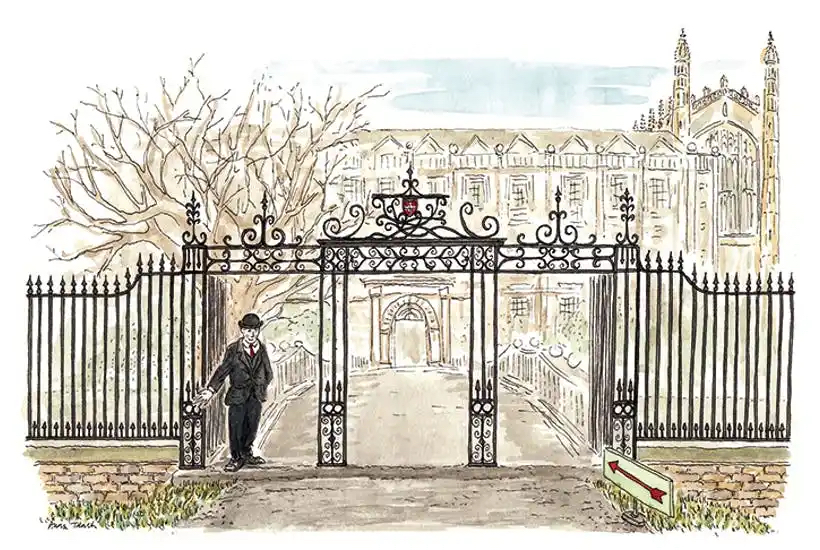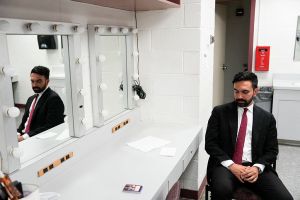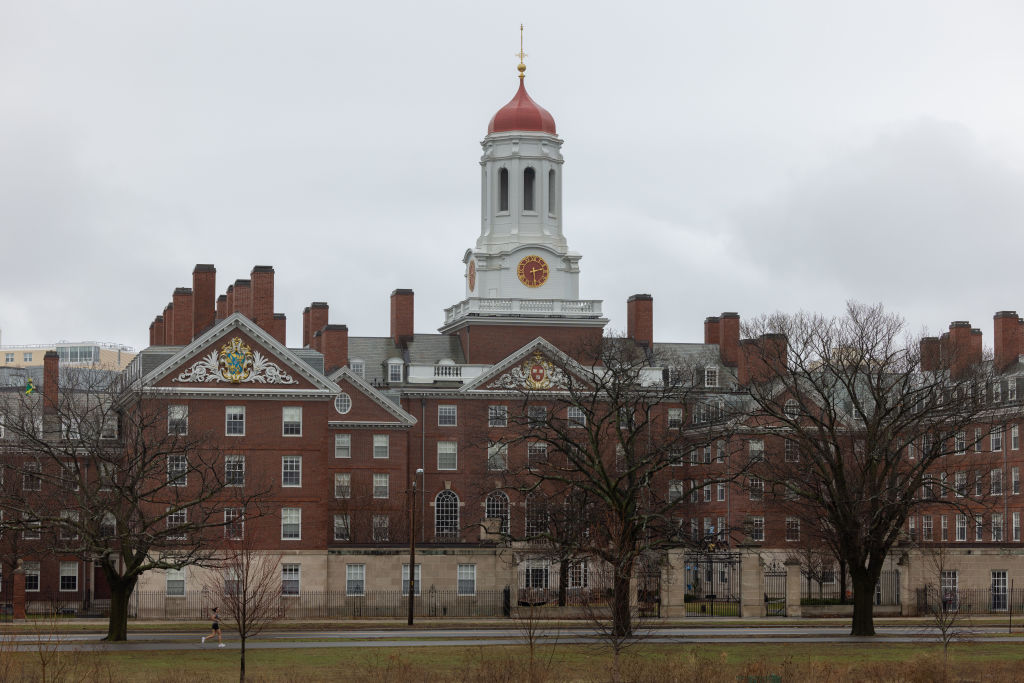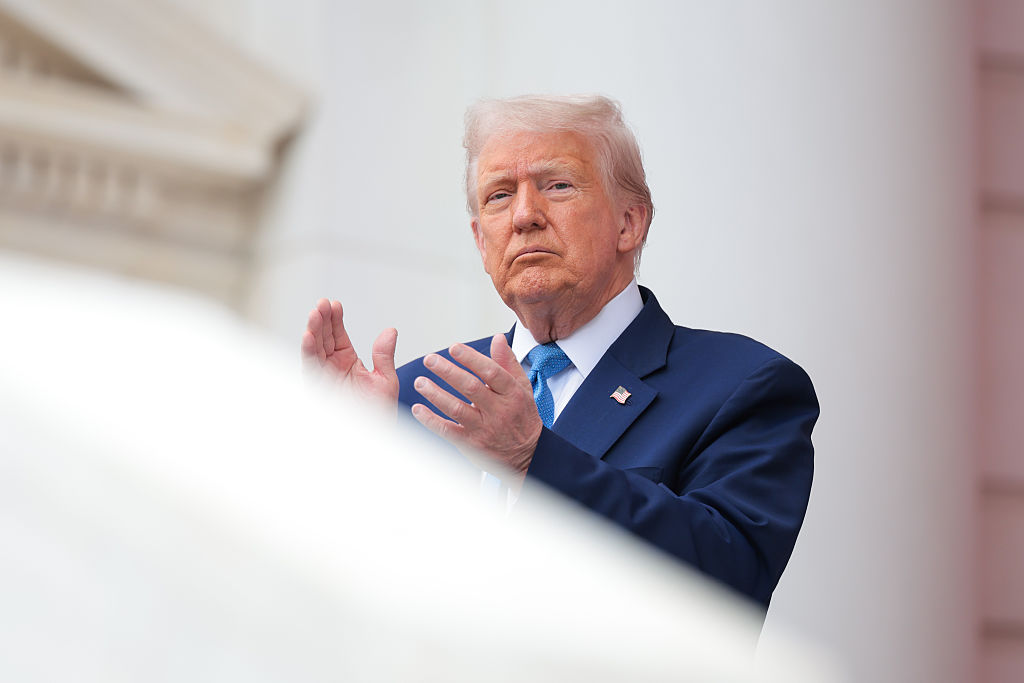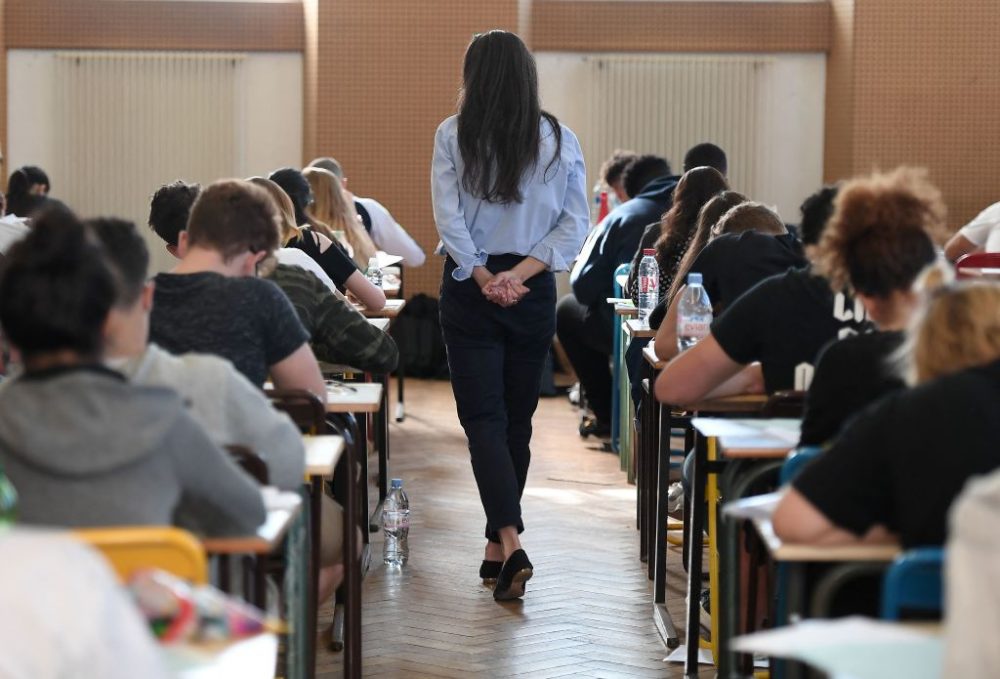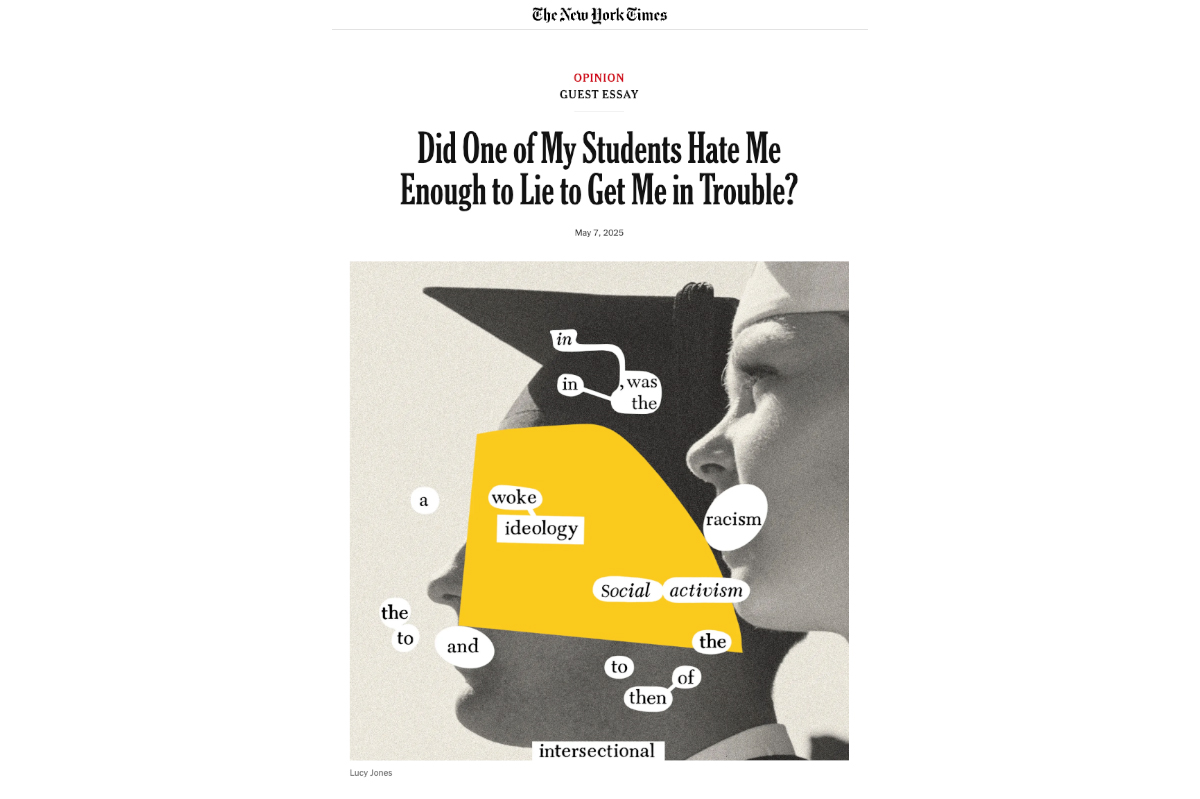Iowa Wesleyan is the latest. Finlandia University before that. Pennsylvania College of Health Sciences as of January 2024. Many others you have probably not heard of: Stone Academy, Cazenovia College, Bloomfield College. These are colleges and universities that have breathed their last. Most often they are just local stories. A college that has been reduced to a few hundred students and perhaps two dozen faculty members comes to its final, final end.
In most cases, that final end has been dragged out long past the point where there was any realistic hope of saving the institution. As a former college president once told me, “Colleges die hard.” The faculty and administrators rarely have other career options. The alumni feel that the death of their alma mater is a blow to their own identities. Students can almost always summon some sentimental commitment to Emptyville College or Destitute U, no matter how poorly it has served their educational aspirations.
And indeed sometimes these desperate efforts succeed in pulling the college back up the cliff from which they have fallen. Sweet Briar College, a private women’s college in Virginia, announced it was closing in March 2015, but frantic alumni stepped in. A new board and a new president appeared — and eight years on Sweet Briar is still going.
Experimental Hampshire College likewise appeared ready to give up its trendy ghost in 2019, when it admitted no new students and said it was looking for another college into which it could merge. But students staged a seventy-five-day sit-in and alumni conjured up $33 million by February 2022, and little Hampshire’s paralytic heart began to beat again.
Then there is Antioch College, in Yellow Springs, Ohio, that sort of expired in 2007, but lingered until June 2008, as alumni tried the higher-ed version of CPR. But while the college died, its name lived on, and something called Antioch College re-opened in 2012. It has survived in something like a zombie state: twenty-eight new students in 2018, twenty-seven in 2019, twelve graduates in 2021, a faculty reduced to six.
The ins and out of saving an institution that has lost its way so profoundly are a bit complicated. Often these colleges do have substantial assets in the form of real estate, and a semi-functional faculty and curriculum. They also have a bit of a reputation, alumni loyalty and the capacity to raise at least a little bit of money.
And best of all they have “accreditation,” which is hard to get and worth something to third parties who want to start a college. That’s because accreditation is relatively easy to hand off. These days, there is no shortage of entrepreneurs and idealists who would like to start new colleges, often making use of online learning. But if these start-ups want access to federal student loans, they must first get themselves accredited. To be sure, accreditation is essentially worthless as a measure of genuine educational quality or as preparation for the workforce. It’s a rigmarole of self-studies, reports, site visits and bureaucratic impositions that demonstrate next to nothing about the value of what a college provides its students. But it is the password that gets a nouveau college into the higher-ed casino.
And if an existing college is sinking under its debts and its inability to attract students, it can sometimes find its way out by “merging” with an entity that has money but lacks accreditation. Thus “mergers” are a major topic among colleges and universities that find themselves trapped in the desert of financial desperation.
Higher education likes to imagine itself as a soaring ballet, in which the ensemble moves with seeming weightlessness through its graceful steps. The reality is the clog dance of educrats tripping over themselves in their rush to the trough. To understand this in any detail, you’d need a deeper lesson in how accreditation contributes to the wasteland of intellectual triviality, woke ideology and expensive waste that comprises most of what goes on behind the scenes on campus. But suffice it to say that a college on the verge of death still hopes to lure a rescuer by saying, “Merger!”
Observers such as myself have been watching this scene attentively for more than a decade. Today, there are more than a million fewer college students than there were a decade ago. The Covid shutdown accelerated the trend of enrollment decline, but it was well underway before that. And the Covid shutdown would have collapsed a great many more colleges and universities were it not for the munificent bailouts that the federal government provided. Moreover, the prospects of student loan cancelations have helped prop up enrollments: “If my elder brother walks away without paying, surely I will too!” “College should be free.” “Uncle Joe will make it so.”
The Chronicle of Higher Education recently breathed a sigh of relief in a story headlined, “When It Comes to College Closures, the Sky Is Never Going to Fall.” The author, journalist Lee Gardner, repeats the remark that college president once made to me about how colleges “die hard”: like me he ponders the examples of Sweet Briar and Hampshire. But Garner correctly observes that the vast majority of the 300 colleges that have closed since 2000 are small, and almost half of them were “for-profit.” The for-profit sector may have inherent risks, but certainly those were amplified by hostile state and federal regulations and accreditors who had antipathy for the whole idea of “profit.” If we focus exclusively on the not-for-profit side of higher education, the picture is mainly of a “handful of private colleges [closing] each year.”
Higher Ed Dive keeps a running tabulation since 2016 of “College closings and mergers by state,” which provides an easy way to see that the hotspots for college collapse are California, Illinois, New York and Massachusetts, though I note that my adopted state of Vermont isn’t far behind. Higher Ed Dive’s list is more than a collection of tombstones. It explains what happened in each case and why.
And reading through it makes me a little skeptical of Gardner’s assurance that the sky will never fall. That it will not fall on Harvard, Yale or Princeton goes without saying. Nor will it fall on Bowdoin, Middlebury or Haverford — pardon my East Coast bias: I’m less sure about what will happen in California and the loonier precincts west of the Great Plains. But here I give some hint of what I think is really happening.
First, if we consider higher education as something like an industry, it is an industry that subsists on government largesse. Everyone knows this, but not everyone seems to recognize how much risk that entails. I grew up in the suburbs of Pittsburgh in a household that thrived, like many in western Pennsylvania, on the steel industry. But that industry relied on antiquated technology that produced steel at higher cost than it was being made in other nations. It did that because the federal government protected domestic steel behind a wall of high tariffs. But in due time even the tariffs weren’t enough and the American domestic steel industry collapsed.
Eventually things righted themselves, but it was a powerful lesson in the fragility of an economic model that depended on government favoritism. Behind the tariff barrier, American steel production became third rate. Profitable for a good long stretch, but ultimately obsolete.
That’s pretty close to where American higher education is today. Our colleges and universities, though faced with declining enrollments, are shrugging off their decline. And enrollments aren’t all that is declining. Eager to get right with the god of Equity, colleges are purposefully crashing their admissions standards, their grading, their standards of faculty appointment, their approaches to tenure and promotion and their evaluation of scholarship.
They can immolate their standards because, for the most part, they can count on government subsidies which flow in many channels but most importantly in Title IV student loans and Pell grants, which underwrite private as well as public institutions. This largesse derives mostly from progressive legislators — and it is no coincidence that colleges unctuously do what government officials prefer. Colleges and universities conform themselves to the diversity-equity-inclusion agenda and the climate change agenda partly out of conviction, but also knowing that these policies are in favor with the masters of their financial support.
Think of it this way: if colleges and universities pursued “institutional neutrality” as their main course on contentious political issues, would the Biden administration be so eager to bail them out of their troubles? I think not.
But that points to the possibility that the federal underpinning of American higher education may erode. I won’t predict it will disappear, but when a majority of Americans say a college degree is not worth the cost of getting it, something is afoot. That assessment comes from a new poll produced by the Wall Street Journal and NORC Center for Public Affairs Research at the University of Chicago, which found 56 percent of respondents wrote off the four-year college degree as a poor investment. For a generation, the percentage of Americans who are higher-ed-skeptics has been increasing — and 56 percent is a new high.
In time, these people will register their views in elections, and colleges and universities will discover that their inflated view of their importance is not shared by the voters. At that point, the trillions spent via student loans and myriad other subsidies and transfers will begin to recede. And the sky will indeed fall on those not sandbagged by endowments that dwarf the treasuries of many small countries.
I cannot end this without comment on one college to which I had a close association. I was provost for two years of The King’s College (TKC) in New York City. It still exists but it is the category of small sectarian colleges that are teetering on the brink and hoping for a Sweet Briar-like rescue. Some TKC faculty have been laid off and only by dint of a last-minute grant from a benefactor is the college going to able to stay open to the end of this semester.
Every college that closes comes to its end by its own path. I haven’t kept up enough on TKC’s decisions these last few years to have any right to castigate its current administrators for making poor decisions. Doubtless they did the best they could with a bad hand. But there was a time when King’s was set on a path of quirky independence as an intellectually rigorous evangelical college in the midst of Manhattan. It had low costs, a strong faculty, an excellent curriculum and the chance to excel by staying small and avoiding the spirit of grandiosity that ruins so much on American higher education. Alas, the temptation proved too great — and in time, King’s found itself still small but now overextended.
Colleges, like drowning sailors, die hard, but they do indeed die.



